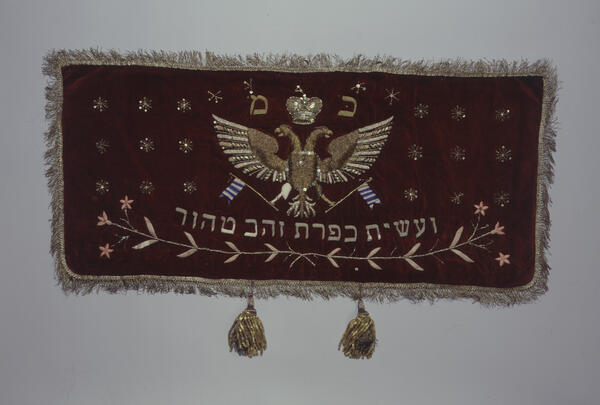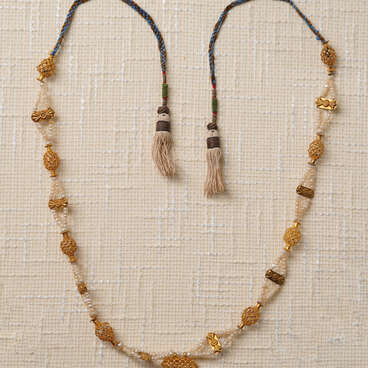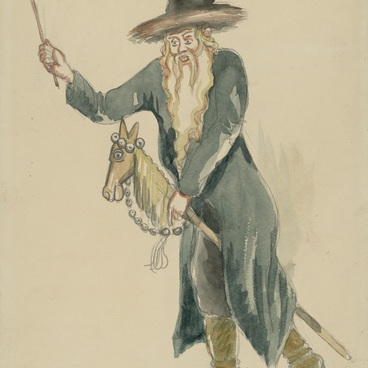A parokhet is an elaborately embroidered curtain that covers the doors of the Aron Kodesh, a special ritual arc in the synagogue. It contains the Torah scroll. Parokhets were made of velvet, silk, sateen and lace. There were two types of parokhet: those that were made from a single piece of fabric, and the others that were made from different in texture and color materials.
One part of a multipiece parokhet is a kapporet, a strip of fabric that serves as an upper curtain, a lambrequin. This part of the curtain appeared two centuries later than the parokhet itself. In the Bible, the lid of the Ark of the Covenant, portable repository of God’s commandments, is also called a “kapporet”. There is a clear parallel between the Tabernacle and the parokhet of the synagogue; they serve to protect the scriptures. This similarity is emphasized in quotations from biblical texts from the period when the Tabernacle was built.
One part of a multipiece parokhet is a kapporet, a strip of fabric that serves as an upper curtain, a lambrequin. This part of the curtain appeared two centuries later than the parokhet itself. In the Bible, the lid of the Ark of the Covenant, portable repository of God’s commandments, is also called a “kapporet”. There is a clear parallel between the Tabernacle and the parokhet of the synagogue; they serve to protect the scriptures. This similarity is emphasized in quotations from biblical texts from the period when the Tabernacle was built.



